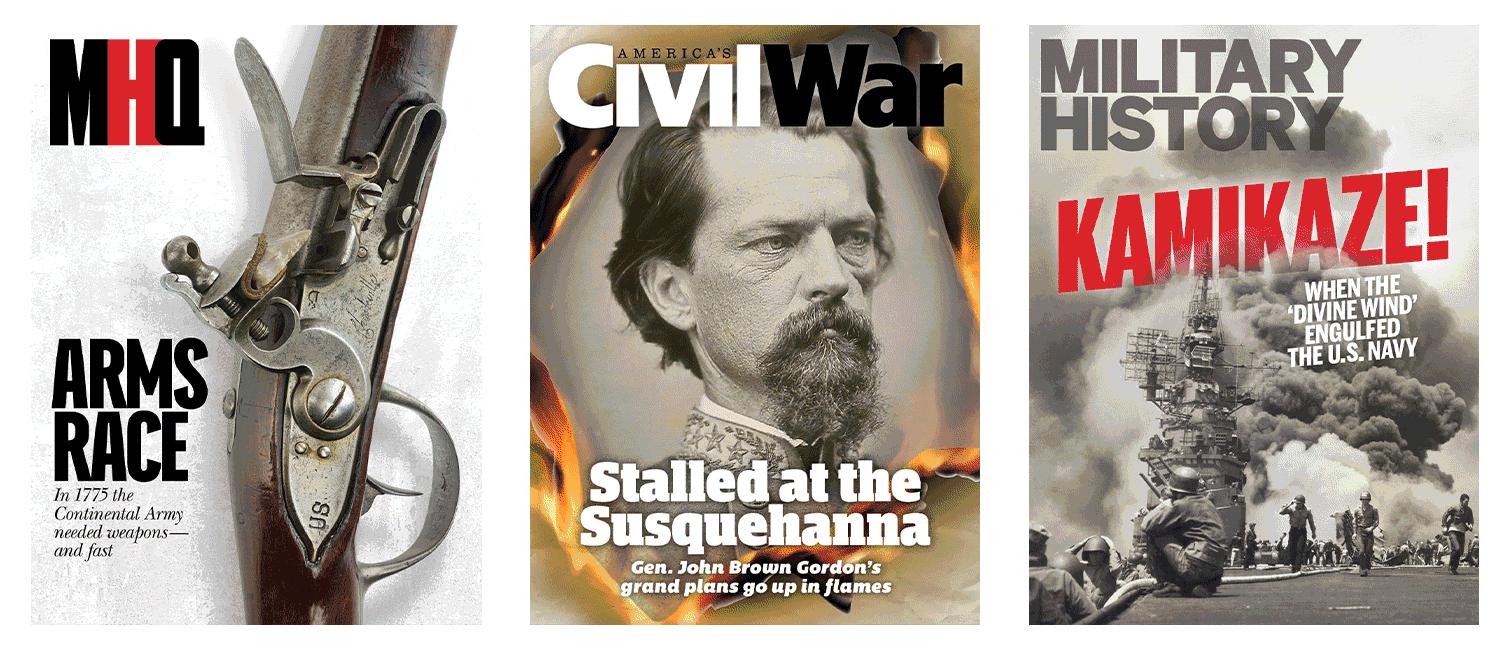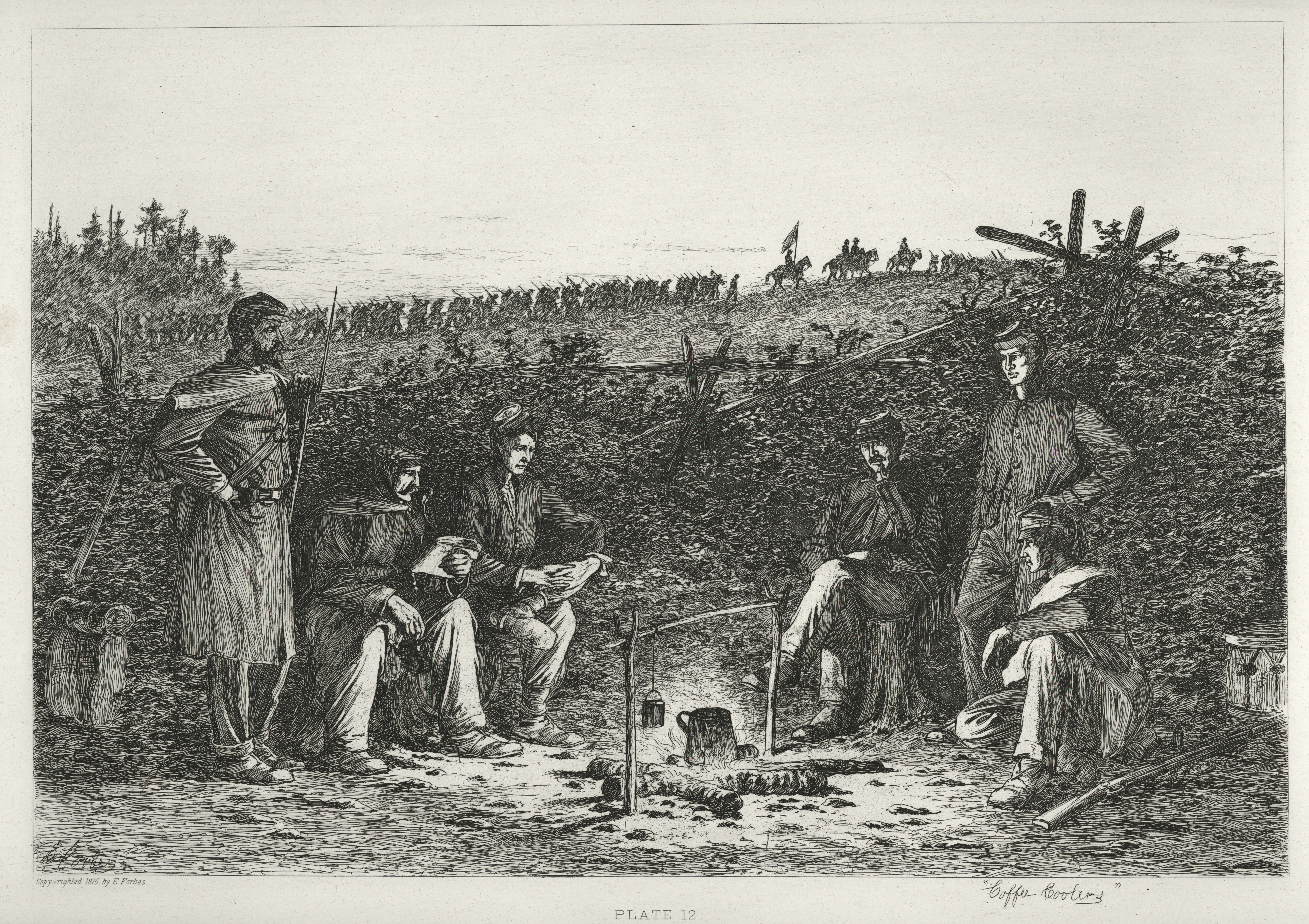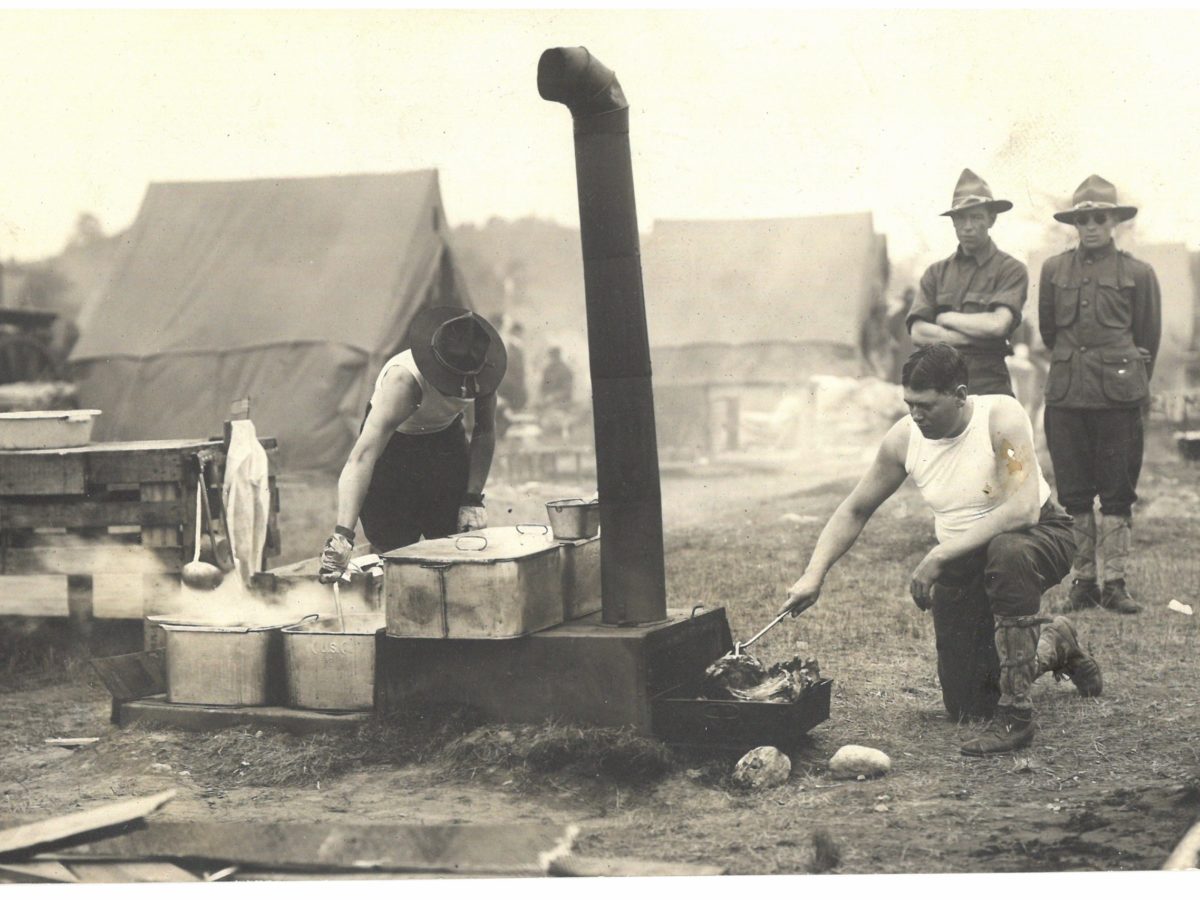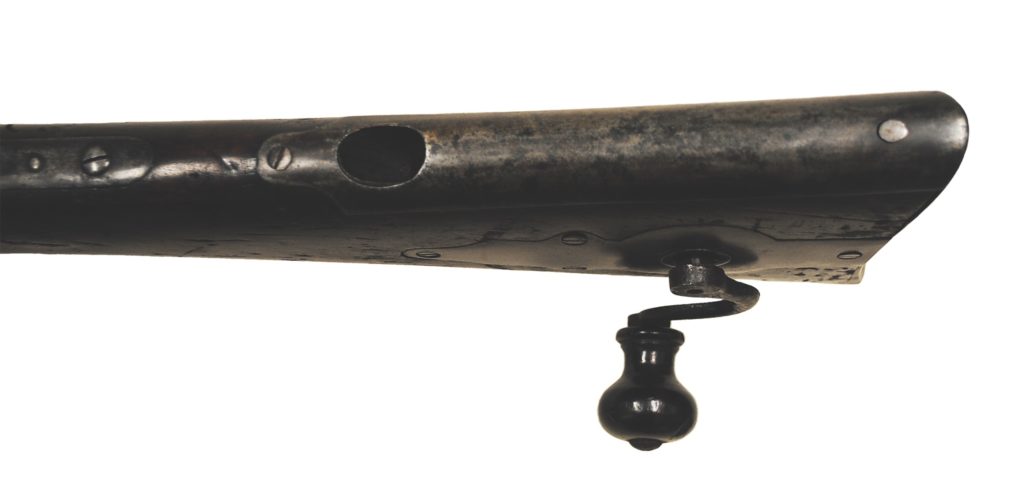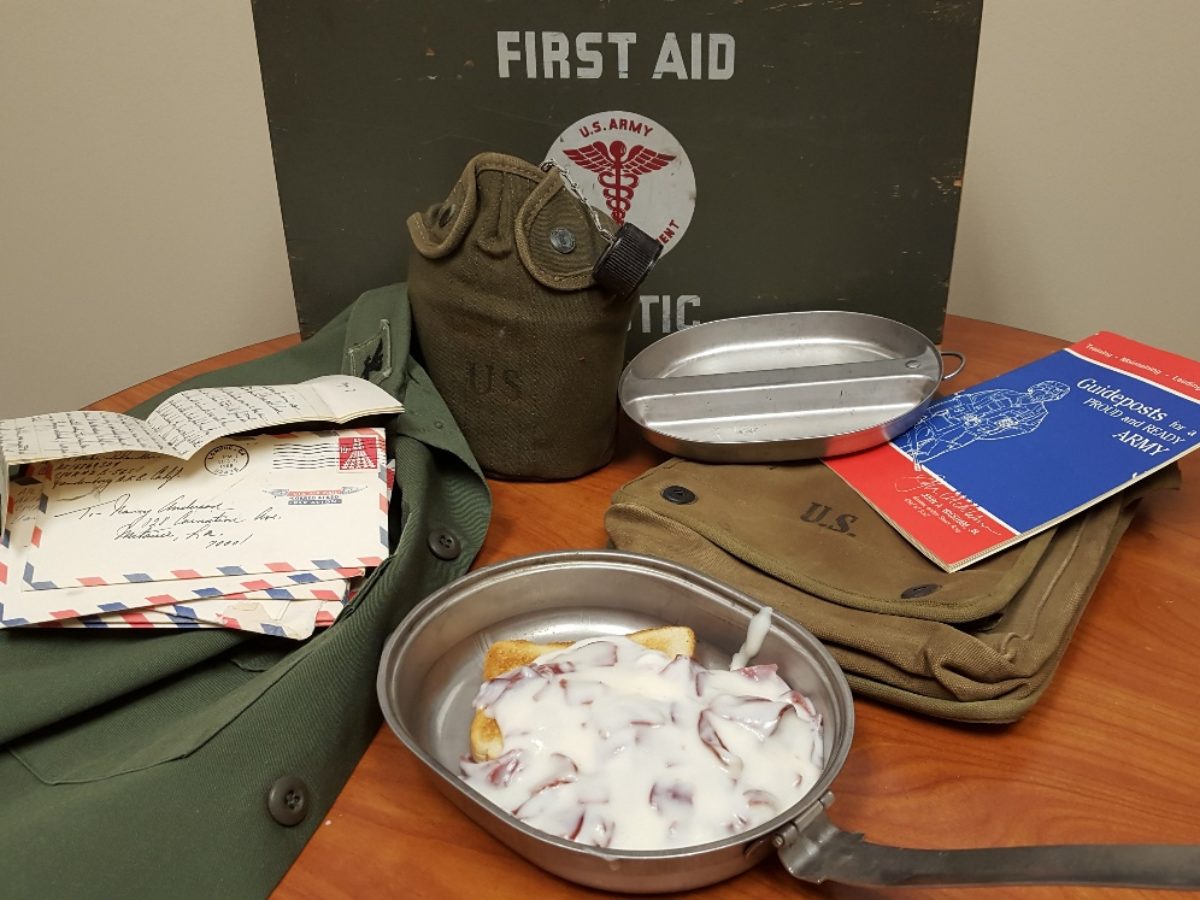In the mid-1800s, as westbound emigrants left behind the Eastern cities where they could buy pre-ground coffee, they brought coffee beans with them, despite the added weight to their wagons. But those green beans weren’t ready to use until roasted in a frying pan, on a stove or over an open fire and then run through a handheld coffee grinder. The next step for drinkable coffee was to toss a handful of grounds into a pot of water and bring the whole thing to a boil. As the water cooled, the grounds sank to the bottom. Not all the grounds sank, though, so people often drank by the “saucer and blow” method, pouring coffee into a saucer, blowing to cool it and then slurping to avoid any remaining grounds.
This time-consuming, unrewarding task of preparing brew presented a business opportunity for James Folger in California in the early 1850s and John Arbuckle in Texas in the 1860s.
Folgers Coffee
James Athearn Folger was just 14 years old when he and brothers Henry, 16, and Edward, 20, left their home in Nantucket, Mass., to make the long boat trip to Gold Rush California. The Folger boys departed in the fall of 1849, rafted and hiked across the Panama isthmus and arrived in San Francisco on May 5, 1850.
By the time they reached the West Coast, they were nearly broke. James agreed to earn money in the city while his older brothers traveled north to pan for gold. James had worked as a carpenter since he was 11, so it was a natural move for him to take a job with William H. Bovee, a 27- year-old transplanted New Yorker who wanted to create a spice and coffee mill. They decided to build it in the heart of San Francisco, just six blocks from the waterfront. James constructed the first wind-powered mill using sails from whaling ships abandoned in the harbor by sailors eager to get to the goldfields. Bovee’s company became the Pioneer Steam Coffee and Spice Mills.
GET HISTORY’S GREATEST TALES—RIGHT IN YOUR INBOX
Subscribe to our HistoryNet Now! newsletter for the best of the past, delivered every Monday and Thursday.
Bovee had run a coffee-roasting business in New York; even there, pre-roasted coffee had been a luxury. Since the mining country offered a huge potential market for men desperate to get easy-to-fix coffee, he figured he and young James were the men to supply it. James traveled to the goldfields in 1851, carrying samples of Pioneer Coffee, sealed in tins. He managed to make one major strike, which provided him with enough capital to set up a country store at a camp called Yankee Jim’s.
Four years later, 18-year-old James sold the store for a profit, returned to San Francisco and resumed his role as a partner in Pioneer Mills. In 1859 Bovee sold his interest in the coffee company to James, who bought out the other partners and renamed the firm the James A. Folger Company.
The young businessman married when he was 24 and built a home in Oakland. Folger prospered but wasn’t destined for a long life. At 54, James died of a heart attack, leaving his oldest son, James A. Folger II, in charge. (Grandson James III would later become company president.) The company founder is buried at Oakland’s Mountain View Cemetery.
Recommended for you
James II
When James II took over, he dramatically expanded the company. He might have been a better visionary than his father, or perhaps the times were right. Regardless, in the 1890s, he began distributing bulk-roasted coffee beans to grocery stores in sacks and drums, from which customers could scoop what they needed. Folgers & Co. also sold ground coffee under various labels, depending on the grade. It called its most expensive blend Folgers Golden Gate, labeling cans with the image of a ship in San Francisco Bay.
By the turn of the 20th century, Folgers & Co. was experiencing remarkable growth. One of its salesmen, Frank P. Atha, further expanded the company’s reach, establishing a plant in Texas in 1901, followed in 1908 by a new roasting facility in Kansas City, which remains in operation.
Procter & Gamble acquired Folgers in 1963, retaining the name, and sales quickly doubled. When the company started using mountain-grown beans, that tasty information became part of its advertising campaign. “The best part of waking up is Folgers in your cup” remains one of the catchiest slogans of the television age. Few viewers then or now realize that more than a century ago, San Franciscans were already sipping Folgers from their tin cups.
The five-story brick Folger Building remains at 101 Howard Street in San Francisco. Now listed on the National Register of Historic Places, it bears a corner placard that reads THE FOLGERS COFFEE COMPANY.
Arbuckles’ Coffee
What Folger did for California goldfield miners, John Arbuckle Jr. did for cowboys in Texas and the Southwest—but he added his own patented innovation in 1868. When he roasted the raw beans, Arbuckle made them tastier by coating them with his own mixture of sugar, eggs and Irish moss, which sealed in the flavor. He then distributed the beans in paper sacks. His customers still had to grind the beans themselves before boiling the brew, so Arbuckle later distributed ground coffee.
John Arbuckle had been in college in 1860 when he decided to join brother Charles and other relatives in the wholesale grocery business in Pittsburgh, Pa. He had a real knack for business (opening an Arbuckles’ Brothers factory in New York City in 1871) and was a whiz at marketing. In addition to coming up with commercial coffee (Arbuckles’ Ariosa), he began adding extras to his coffee packages, such as coupons redeemable for razors, scissors and, if someone were desperate, a wedding ring. Each package also contained a stick of peppermint candy to appeal to a younger audience. Arbuckles’ packages were a big hit among chuck wagon cooks on northbound cattle drives out of Texas. These cooks would call out, “Who wants the candy?” to get a young hand to turn the coffee grinder in exchange for the peppermint.
Coffee Is King
But the highlight was the coffee itself. A cowboy who got a paper bag of grounds was more delighted than if he’d managed to acquire toilet paper, which was not normally carried on roundups and trail drives. Cooks tried to keep plenty of hot coffee on hand for cowboys on break.
Of course when the cooks made coffee on the range, its taste varied. If the water was extremely hard, they might add a dash of salt. If the water was heavy with gypsum, they might break an egg in the pot to eliminate the acidic bite. When these old-range cooks (often referred to as “cookies”) made several pots of coffee in succession without emptying the grounds, the coffee tasted scorched.
Arbuckles’ Coffee was so prevalent that most cowboys didn’t realize there was any other brand made. “Arbuckles” became a generic name for coffee, like Stetson for hat or Levi’s for jeans. To keep it that way, the company packaged trading cards with the coffee and coupons. The cards educated coffee drinkers about the West, covering such topics as cooking, geography, sports, U.S. history, birds and other zoological studies. So-called “satire” cards even poked fun at various ethnicities and professions. The cards either accompanied the bagged coffee or were sold over the counter. Collectors continue to snap up these cards today.
By the early 1890s, John Arbuckle was a multimillionaire and had branched into the sugar business. Following his death on March 27, 1912, at age 74, Arbuckles’ Coffee seemingly faded into history. But today, Arbuckle Coffee Roasters of Tucson, Ariz., produces the eponymous coffee and tea. If you want it, you have to order it through the mail. Meanwhile, Folgers remains “the best part of waking up.”
historynet magazines
Our 9 best-selling history titles feature in-depth storytelling and iconic imagery to engage and inform on the people, the wars, and the events that shaped America and the world.
